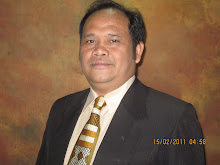Currency Crisis Effect on the Stock Market: A Case Study in Indonesia
Monday, December 1, 2008
There has been a strong causality relationship from the rupiah exchange rate to the composite share price index and all the stock indices during the post crisis period. All stock market indices can be explained by the exchange rate changes. The tradable goods producers such as mining and manufacturing have positive sensitive to exchange rate changes. They become better off when the exchange rate depreciates. On the other hand, non-tradable goods producers such as property and real estate and infrastructure will become worse off when the exchange rate depreciates.
The causality relationship between the exchange rate and the stock market indices disappeared during the peak crisis period. Many factors influenced the exchange rate, such as a social and political instability and a loss of confidence by investors.
This study has implications for monitoring financial markets. Currently, the monitoring practice for the financial sector is based on a portfolio approach, often relying on low frequency data, due to the reporting practices of financial entities. However, high frequency financial indices such as stock indices can supplement some deficiencies of the conventional method, as the stock indices such as the composite share price index, financial, property and real estate indices showing early indicator currency crisis, especially in the pre-crisis period.
Finally, for further research we can relax the assumption of a constant interest rate and develop the model considering the time-varying interest rate. This is because we should consider the variation of domestic interest rates in order to improve the goodness of fit of the model.
Complete paper in English
Summary paper in Indonesia language.
